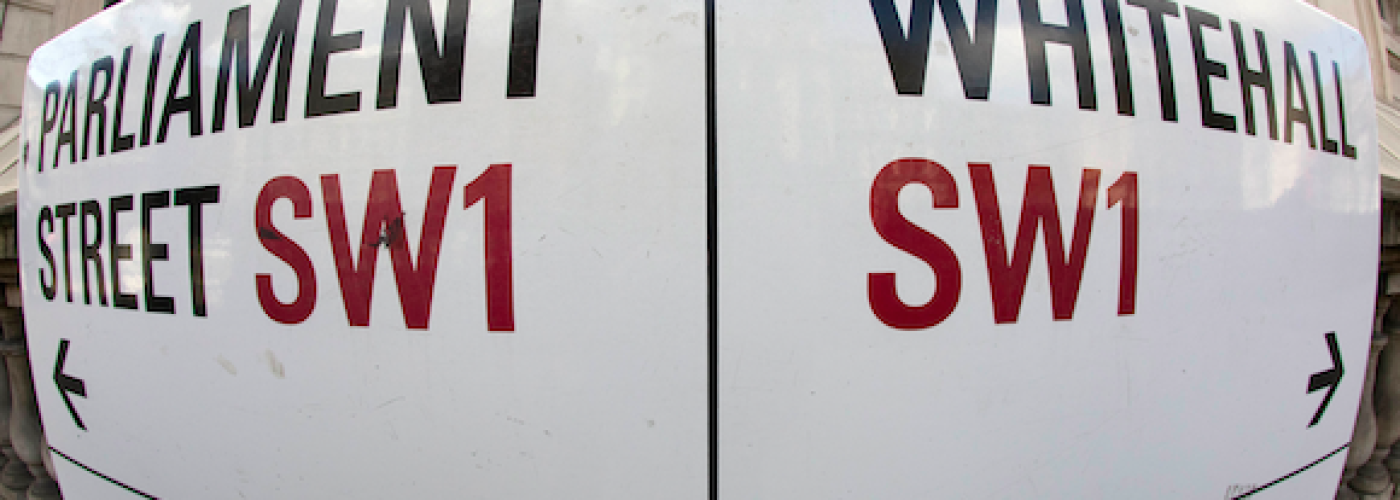The UK government has recently published a draft landmark bill which is designed to improve residents’ safety in their homes. The Building Safety Bill, which marks one of the biggest changes to building safety in 40 years, will introduce a new era of accountability, making it clear where the responsibility for managing risks lies throughout the design, construction and occupation of buildings. Ambar Kelly welcomes the new set of rules, which will apply to buildings over 18m. Yet are there any loopholes? Whilst the bill provides a framework for accountability and safety, what does it say about risk?
The Building Safety Bill gives residents greater agency when it comes to assuring their security. It will enable them to have access to safety information and give them the opportunity to develop safety proposals if they feel their security is being compromised.
As such, the bill will introduce tougher sanctions for building owners who fail to meet their obligations. Central to ensuring the regime is effective will be a powerful new Building Safety Regulator housed within the Health and Safety Executive. It will have responsibility for implementing and enforcing a more stringent regime for higher-risk buildings and will oversee the safety and performance of all buildings.
What of product testing?
Although the bill is an important framework which will hopefully provide greater accountability and safety when it comes to building design, there are some ambiguities. The first and foremost is in regards to testing. Under clause 92 of the Construction Products section of the draft bill, it highlights: “The bill provides powers so that all construction products marketed in the UK fall under a regulatory regime, allowing them to be withdrawn from the market if they present a risk.” Whilst this is important as it will ensure unfit products are not used on building schemes, there is little to no mention of the testing which is needed to ensure these products fit the bill. How are they going to determine which products are a potential risk?
In the public inquiry for the fire which tore its way through King’s Cross underground station in 1987 it was stipulated that going forward, combustible and flammable materials cannot be used on a development. The inquiry came to this conclusion as the cause of the fire was said to be a discarded match which had caught on the wooden escalators that had been in use for over 76 years. We all know that wood is a highly flammable material, so it beggar’s belief how that was deemed appropriate for all those years.
But risky materials are continually put into use when it comes to riser shaft design. GRP grating is regularly installed within riser shaft design, as it is a cheap product that is widely accepted as preventing falls from height. Its effectiveness is questionable, however. When installed in a riser’s chimney-style environment, GRP grating with an Iso resin is found to be extremely flammable. It is an oil-based product which readily burns. This makes the BS 476-7 classification unsuitable for its use within a riser shaft. With safety at stake, why is this material used in high-rise construction? Why aren’t Phenolic GRP (identifiable, as it is red/brown in colour) or steel modular riser flooring units used?
In my opinion it is because the testing is not rigorous enough. Iso resin GRP grating is said to meet BS 476-7, the regulation relating to the measure of the surface spread of flame, but only in flat sheet form, tested vertically (so grating cannot meet that test). Although Iso resin meets these tests on paper, when installed in its real-time environment the reality is far different.
The bill must therefore, place greater emphasis on improving product testing as the current framework contains too many loopholes which compromise safety. Ambar Kelly has undertaken evidence-based, independent fire tests in the environment in which our product, RiserSafe® will be employed. Our tests were carried out in the Building Research Establishment (BRE) fire hall in Watford. It was found that when RiserSafe® is used in combination with a fire compound, two hours of horizontal fire protection is achieved. We can make factory-based load tests of up to 2.5 kN/m2, to ensure that our product works as a barrier to the spread of smoke and flame.
It must be said that the draft Building Safety Bill represents a monumental step-change for the construction industry in terms of safety. It will go some way to inciting change for the better. My main concern however, is in terms of product testing, an area which the bill has evaded. Testing is of primal importance to ensure construction products hit the mark on safety. If it isn’t made an essential consideration, where does that leave the industry?





